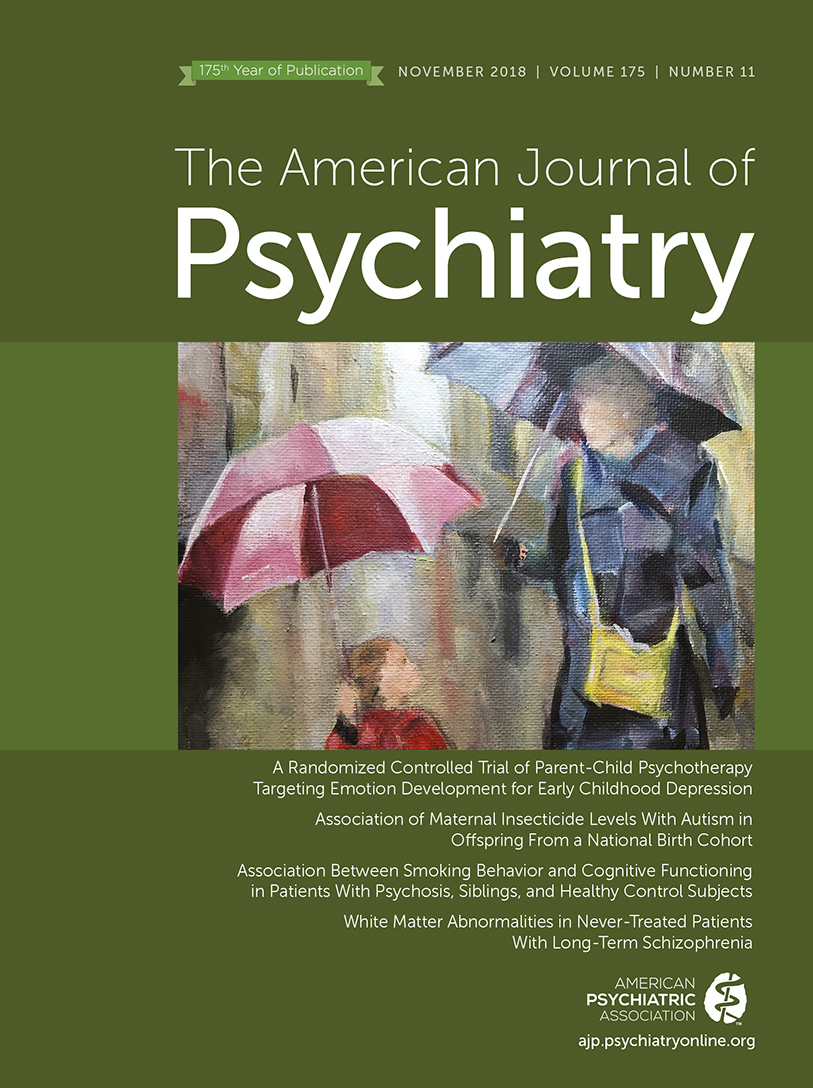Treating Victims of Child Sexual Abuse
The involvement of a child in sexual activity that he or she does not fully comprehend, is unable to give informed consent to, or for which the child is not developmentally prepared and cannot give consent, or that violate[s] the laws or social taboos of society. Child sexual abuse is evidenced by this activity between a child and an adult or another child who by age or development is in a relationship of responsibility, trust, or power, the activity being intended to gratify or satisfy the needs of the other person. This may include but is not limited to: the inducement or coercion of a child to engage in any unlawful sexual activity; the exploitative use of a child in prostitution or other unlawful sexual practices; the exploitative use of children in pornographic performances and materials.
Risk Factors
Impact
Screening and Identifying Childhood Sexual Abuse
Evidence-Based Mental Health Treatments
| Host Agency | Resource Name | Web Site | Description |
|---|---|---|---|
| American Academy of Child and Adolescent Psychiatry | Practice Guidelines for Trauma Treatment | www.aacap.org | Addresses assessment and treatment for child and adolescent trauma-related psychiatric disorders |
| American Academy of Pediatrics | PATTeR (Pediatric Approach to Trauma, Treatment, and Resilience) | www.aap.org | Education about the trauma-informed approach in pediatric care. Includes training and educational resources and opportunities |
| American Professional Society on the Abuse of Children | www.apsac.org | Nonprofit national organization for multidisciplinary professionals working with maltreated children and their families. Provides resources, research, and information about state-of-the-art practices for child abuse and neglect | |
| American Psychological Association | Understanding and Preventing Child Abuse and Neglect | www.apa.org/pi/families/resources/understanding-child-abuse.aspx | Discusses definitions, risk factors, and consequences of child maltreatment as well as prevention and treatment resources |
| California Department of Social Services, Office of Child Abuse Prevention | California Evidence-Based Clearinghouse for Child Welfare | www.cebc4cw.org | Searchable database of child welfare–related programs, descriptions of and information on research evidence for specific programs. Provides guidance, tools, and materials to select and implement evidence-based programs |
| Children’s Bureau, Administration for Children and Families | Child Welfare Information Gateway | www.childwelfare.gov | Connects child welfare and related professionals to resources for children and families |
| International Society for Traumatic Stress Studies | www.istss.org | Interdisciplinary professional organization that promotes advancement and exchange of knowledge about traumatic stress. Includes resources, research, and information to understand, prevent, and treat trauma-related stress | |
| Substance Abuse and Mental Health Service Administration | National Child Traumatic Stress Network | www.nctsn.org | Collaborative network of providers, researchers, and consumers with aim of improving quality of care and increasing access to evidence-based trauma-informed services. Provides professional and family resources related to trauma and its impact |
| Substance Abuse and Mental Health Service Administration | National Registry of Evidence-Based Programs and Practices | www.samhsa.gov/nrepp | Evidence-based repository and review system to provide information on treatments, interventions, and programs related to mental health and substance use. Includes ratings based on available empirical support |
| U.S. Department of Veterans Affairs | National Center for PTSD | www.ptsd.va.gov | The section for professionals contains research-supported training materials as well as information and tools to help with assessment and treatment |
Psychopharmacological Interventions
Conclusions
References
Information & Authors
Information
Published In
History
Keywords
Authors
Funding Information
Metrics & Citations
Metrics
Citations
Export Citations
If you have the appropriate software installed, you can download article citation data to the citation manager of your choice. Simply select your manager software from the list below and click Download.
For more information or tips please see 'Downloading to a citation manager' in the Help menu.

